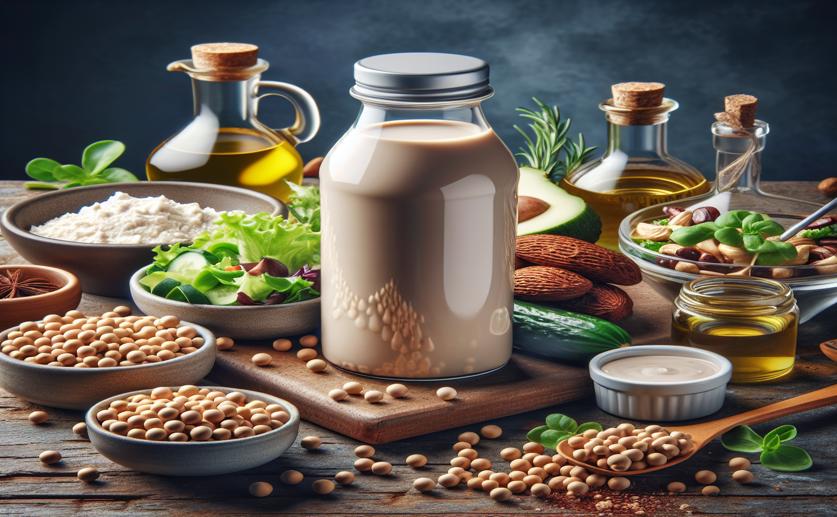
Boosting Soy Protein Power for Healthier Homemade Salad Dressing Emulsions
David Palenski
20th January, 2024

Image Source: Natural Science News, 2024
References
Main Study
1) Ultrasonic enhancement of structural and emulsifying properties of heat-treated soy protein isolate nanoparticles to fabricate flaxseed-derived diglyceride-based pickering emulsions.
Published 20th January, 2024
https://doi.org/10.1016/j.foodchem.2024.138469



 24th January, 2024 | Phil Stevens
24th January, 2024 | Phil Stevens